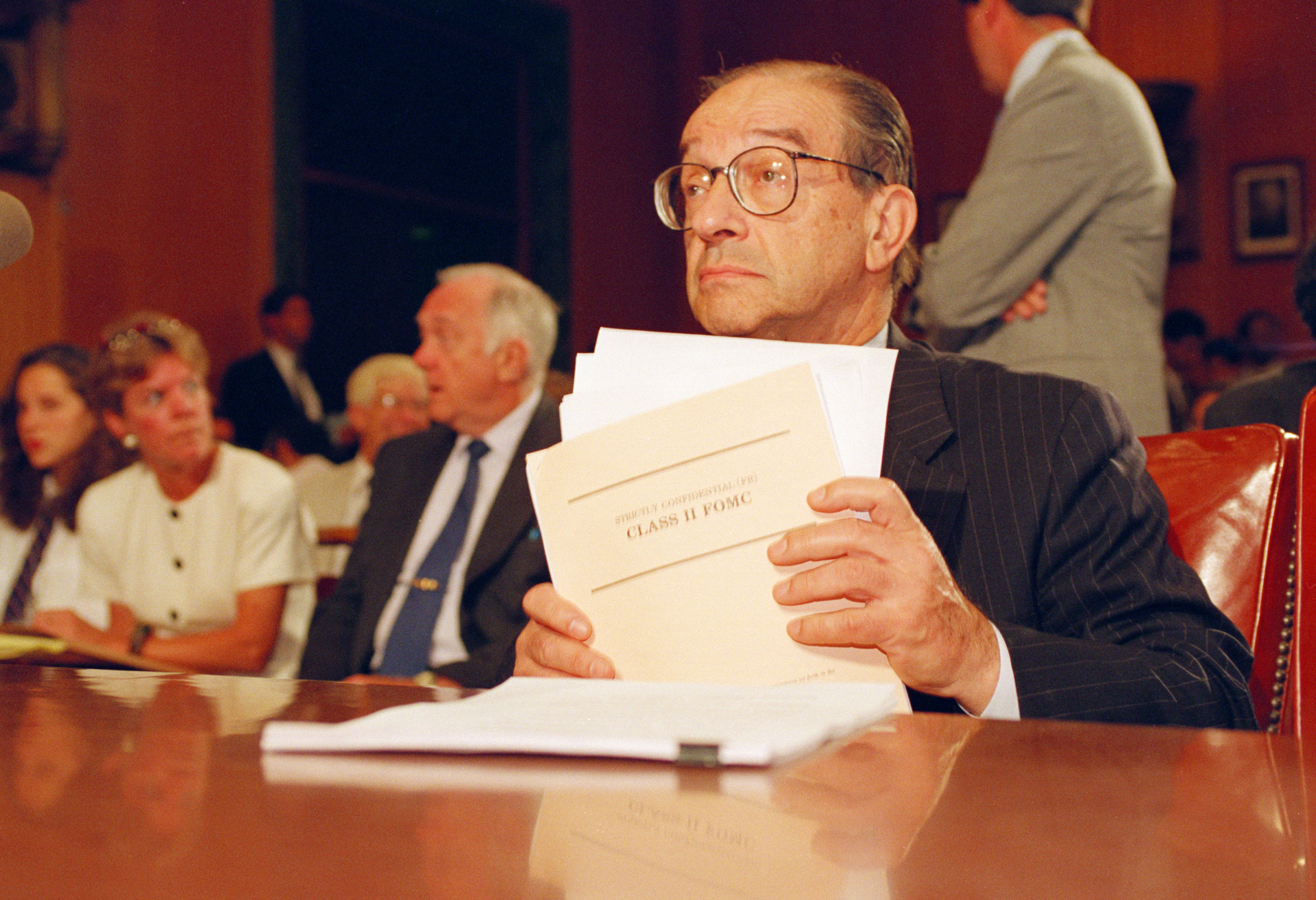The Uncelebrated Heroism of Financial Prudence
No one ever remembers the hero who refuses to sound the iceberg warning simply because the seas ahead are clear.
A time-tested way to fame–and sometimes path to fortune–is warning of an impending financial or economic disaster. If you get it wrong, few people will remember your errant warnings. If you get it right, you will be elevated as a sage who “saw it coming.“
There’s little glory, however, in being the watchman whose watch passes without incident. Which is all the more reason for the thoughtful to honor those who look across the murky waters with equanimity and patience.
Which brings us to Thursday night’s delightful monologue from Fed Governor Christopher Waller, aptly titled “What’s the Rush?.” Defying widespread warnings that the Fed is risking a recession and should ignore the slings and arrows of January’s jobs and inflation figures, Waller advocated a continuation of the Fed’s wait-and-see policy.
“Last week’s high reading on CPI inflation may just be a bump in the road, but it also may be a warning that the considerable progress on inflation over the past year may be stalling,” Waller said.
Waller pointed out that there really is no reason to fear that we are sailing into a recession, which is the thing that usually prompts rate cuts from the Fed.
“Let me pause here and say that typically the [Federal Open Market Committee] considers easing policy only when there are fairly clear signs that the economy could be in or close to a recession,” he said. “But, based on the picture of the economy that I have painted today, it should be as clear to you as it is to me that there are no indications of an imminent recession.”
He also noted the weird double standard of those who say that past Fed cuts acted slowly on the economy but that a prolonged Fed pause might quickly tank the economy:
Commentators often argue that by delaying rate cuts for a meeting or two we run the risk of having overtight policy that can cause a recession in the near term. While I find this narrative to be interesting, I also find it to be somewhat puzzling. The reason is as follows. When rates are going up, most of the discussion is on the long and variable lags of monetary policy with rate hikes not having a serious impact on the economy for 18 months or more. But when it comes to delaying rate cuts for a short period of time, we supposedly risk suddenly driving the economy into a recession. This supposed asymmetry in the lagged effects of rate hikes versus rate cuts is puzzling and not supported by any economic model I am aware of.
Just Hang on a Minute
Earlier this week, we got the minutes from the Fed’s January meeting. Diving into the minutes of a Fed meeting gives a glimpse of the central bank’s collective psyche. What we can detect is that the fear of cutting rates prematurely seems to loom larger than the allegedly ghastly specter of acting too late. It’s as if the committee members, in their hallowed halls, understand all too well that to cut is to invite the market to expect a grand procession of further cuts, a parade the Fed is reluctant to sponsor without a darn good reason.
The latest dispatches from the government and private sector suggest no economic iceberg in sight. Existing home sales sprung higher than anyone anticipated in January. The flash composite PMI, a beacon of economic activity, signals that the economy isn’t sprinting like it did last year but neither is it just limping along. It appears to be running a marathon—and setting a brisk pace at that. Meanwhile, initial claims for jobless benefits have dipped to a level that would make even the most hardened pessimist crack a smile, a mere 201,000, a level hit in only a single week last year (when everyone thought the labor market was very tight).
Electoral Economics: The Fed’s Dance with Democracy
And then, of course, we have the record of the Fed’s historical dance card during election years. While the Fed claims it never takes electoral politics into consideration, it seems our central bank prefers to raise the rates rather than cut them in election years. History’s pages flutter with the instances of 2000, 2004, and 2016, when the Fed chose to hike rates, eschewing cuts for times of true crisis such as 2008 and 2020. The 1988 episode, a brief flirtation with cuts followed by aggressive hikes, reads like a cautionary tale.
The only instance of the Fed repeatedly cutting into a growing economy during an election year that we can find is 1992, which was prior to the Fed’s official targeting of the fed funds rate. But back then the Fed was simply continuing on the path of cuts that it had embarked upon during the preceding recession.

Federal Reserve Board Chairman Alan Greenspan prepares to testify before the Senate Banking Committee on Capitol Hill in Washington, DC, on July 21, 1992. Greenspan predicted in his midyear assessment of economic prospects that the U.S. economy would enjoy a modest pickup in growth that will push the unemployment rates down significantly next year. (AP Photo/Charles Duricka)
While the record is not all that long and the sample size is small, it is still striking that there are no examples of the Fed cutting into growth, low unemployment, and elevated inflation in an election year.
Forecasting Fair Winds: Steering Away from Cuts
Over the past eight weeks or so, the market has moved from forecasting seven cuts to just three. The timing of the first cut has steadily paddled back from January, to March, to May, and now June. Even now, the June cut is given just a 68 percent likelihood. We expect this movement to continue.
We increasingly see the data as providing a compelling argument against the likelihood of interest rate cuts this year. In an economy showing resilience and growth, amidst a political landscape that warrants a steady hand, the Fed is likely to be more inclined to hold to a steady course.
Or, as Waller put it Thursday night, “the strength of the economy and the recent data we have received on inflation mean it is appropriate to be patient, careful, methodical, deliberative – pick your favorite synonym. Whatever word you pick, they all translate to one idea: What’s the rush?“

COMMENTS
Please let us know if you're having issues with commenting.